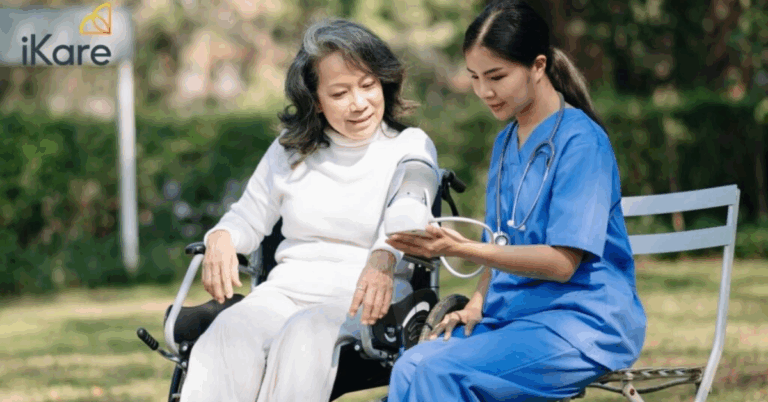The Role of Technology in Health Progress Measurement and Reporting
Data collection serves as a critical foundation for health progress monitoring. Through the systematic gathering of data, healthcare professionals can track the efficacy of interventions, identify trends, and make informed decisions for better patient outcomes. Comprehensive data collection enables the evaluation of key health metrics, leading to a deeper understanding of population health and the identification of areas for improvement.
Accurate data collection enhances the ability to measure the impact of healthcare initiatives and programs. By collecting reliable data, healthcare providers can assess the effectiveness of current strategies and tailor interventions to meet the specific needs of individual patients or communities. Data-driven decision-making is vital in designing targeted interventions that address the root causes of health issues, leading to more impactful and sustainable health progress monitoring.
• Data collection is crucial for health progress monitoring
• Systematic gathering of data helps track efficacy of interventions and identify trends
• Informed decisions can be made for better patient outcomes
• Comprehensive data collection enables evaluation of key health metrics
• Accurate data enhances ability to measure impact of healthcare initiatives and programs
• Tailoring interventions to meet specific needs leads to more impactful progress monitoring
Utilizing Electronic Health Records for Accurate Reporting
Electronic Health Records (EHRs) have revolutionized the way healthcare professionals collect and store patient data. By digitizing health information, EHRs make it easier to track and monitor patient outcomes accurately. This enables healthcare providers to access real-time information, leading to more informed decision-making and improved patient care.
Moreover, EHRs allow for seamless communication and data sharing among healthcare teams. With accurate reporting through EHRs, healthcare providers can better monitor trends, identify areas for improvement, and ultimately enhance the quality of care delivered to patients. The integration of electronic health records in healthcare settings has paved the way for a more efficient and effective approach to data collection and reporting for better health outcomes.
The Impact of Telemedicine on Health Outcome Tracking
In modern healthcare systems, the integration of telemedicine has revolutionized the way health outcomes are tracked. By allowing for remote consultations, monitoring, and follow-ups, telemedicine provides healthcare professionals with real-time data that contributes to more accurate health outcome tracking. This technology enables healthcare providers to quickly assess patients’ progress, adjust treatment plans as needed, and ultimately improve the overall quality of care.
Moreover, telemedicine has extended the reach of healthcare services to underserved populations, leading to better health outcome tracking among previously marginalized communities. Patients residing in rural or distant areas can now access medical expertise and follow-up care without the need for extensive travel. This increased access to healthcare services not only enhances health outcome monitoring but also helps in early detection and prevention of diseases, resulting in improved health outcomes for individuals across diverse geographical locations.
How does data collection play a role in monitoring health progress?
Data collection is essential in tracking health outcomes as it provides valuable information on a patient’s progress and helps healthcare providers make informed decisions.
How can electronic health records help with accurate reporting?
Electronic health records allow for easy access to a patient’s medical history, treatment plans, and progress, which can lead to more accurate reporting of health outcomes.
What impact does telemedicine have on health outcome tracking?
Telemedicine enables healthcare providers to remotely monitor patients, gather vital health data, and track outcomes in real-time, leading to more efficient and effective tracking of health progress.







